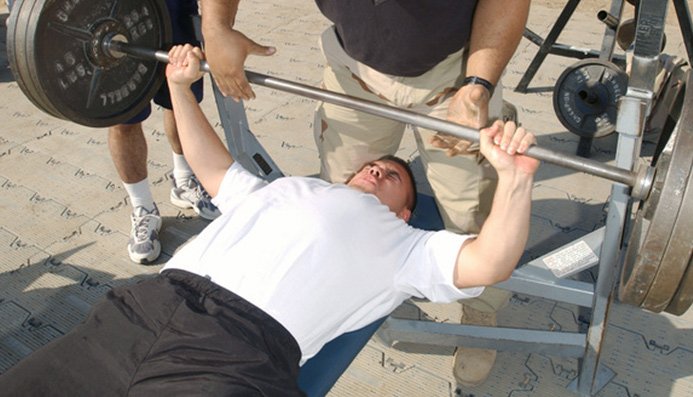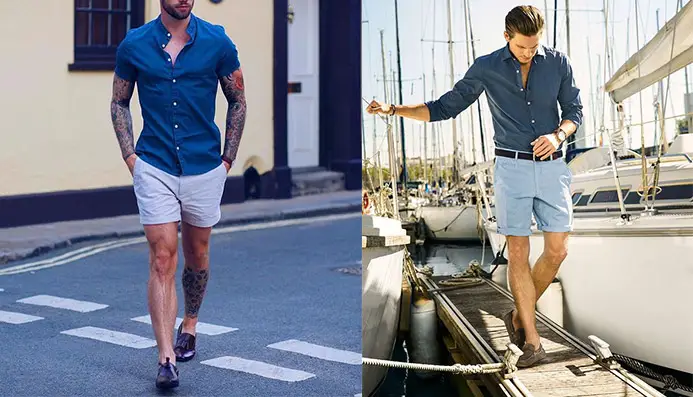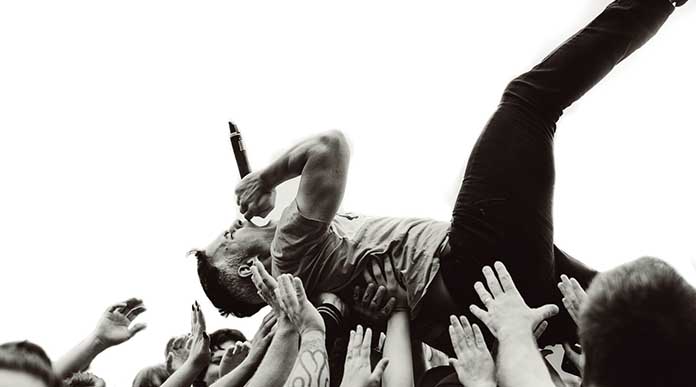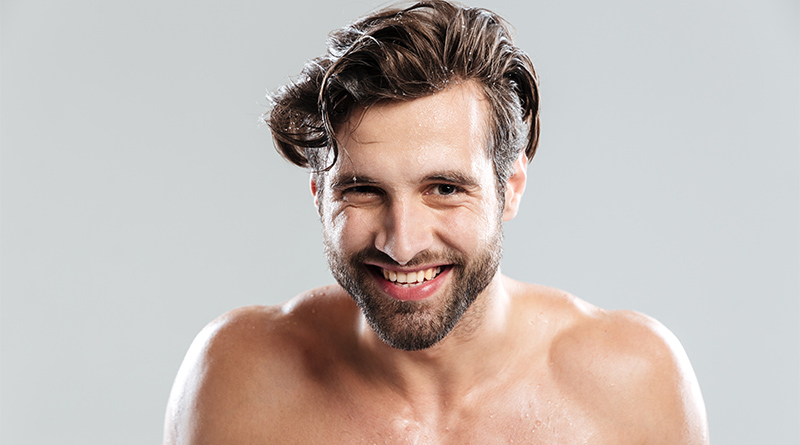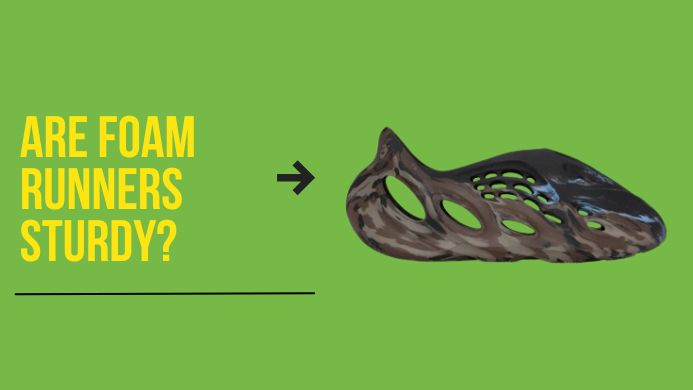We all know that bench work is a must for any kind of upper-body workout. But do you know what muscles are engaged during decline bench work? Or how to properly perform this exercise? Find out in this article!
What does decline bench work?
When you do a decline bench press, you work the lower pecs of chest muscles, as well as the triceps and front delts.
Here’s a quick rundown of the muscles worked during the decline bench press:
Pectoralis Major: This is the big muscle that makes up the bulk of the chest. The lower fibers of the pectoralis major are targeted during the decline bench press.
Anterior Deltoid: The anterior deltoid is responsible for shoulder flexion, which is what you’re doing when you lift the weight up during a bench press.
Triceps Brachii: The triceps brachii is made up of three heads, with the long head being targeted during the decline bench press. The triceps brachii helps extend the elbow, which is what you’re doing when you push the weight up.
What is lower peck muscle and how it is targeted during decline press?
The chest has two main muscles: the pectoralis major and the pectoralis minor. The pec major is the large, fan-shaped muscle that makes up the bulk of the chest. The pec minor is a small, triangular muscle located underneath the pec major.
The lower pec muscle is the pectoralis major. This muscle has three sections: the clavicular head (upper), sternal head (middle), and coastal head (lower).
The lower pec (pectoralis) chest muscle is located at the bottom of the chest, near the rib cage. This muscle is responsible for bringing the arm down and forward, as well as helping to stabilize the shoulder.
The lower pec is often overlooked in favor of the more aesthetically pleasing upper pec, but it is an important muscle nonetheless. When working the lower pec, it is important to use a decline bench.
This will allow you to target the muscle more effectively and help you to avoid injury. Be sure to start with a lightweight and increase the amount of weight gradually.
As with any exercise, proper form is essential in order to get the most out of your workout and avoid injury.
How Important is decline bench press for Chest Muscle Growth?
The decline bench press is a great exercise for sculpting the chest muscles, but it is not as effective as the flat or incline bench press in terms of muscle growth. The flat bench press is the most effective exercise for chest muscle growth, followed by the incline bench press. The decline bench press is last in terms of effectiveness.
There are a few reasons why the decline bench press is not as effective as the flat or incline bench press.
First, when you are in a decline position, your range of motion is reduced, meaning that you can’t lower the bar as far down as you can with a flat or incline bench press. This limits the amount of muscle activation and recruitment that occurs during the exercise.
Second, the angle of the decline bench press puts your pecs at a mechanical disadvantage. This means that they have to work harder to move the weight, which can lead to fatigue and reduced performance.
Finally, the decline bench press can place undue stress on your shoulder joints and connective tissues. This can lead to joint pain or other injuries down the road.
So, if you’re looking to build a strong and durable chest, stick to the flat or incline bench press.
Related: Middle Chest Workout At Home
How to do a decline bench press properly?
The decline bench press is a great exercise for targeting the lower chest muscles. Here are some tips on how to do it properly:
1. Start by lying on a decline bench with your feet up on the bench and your head down.
2. Grasp the barbell with your hands shoulder-width apart.
3. Slowly lower the barbell down to your chest, pause for a moment, then press it back up to the starting position.
4. Repeat for the desired number of repetitions.
What angle is best for a decline bench press
There are a few different angles you can use when performing a decline bench press, but the angle that is best for you will depend on your particular goals. Generally, a 30 to 40-degree angle is considered good for declined press.
If you are looking to increase muscle mass, then using a steeper decline angle will help to target your chest muscles more effectively.
If you are looking to increase strength, then using a more shallow decline angle will help to better engage your lower body muscles. Ultimately, the best angle for you will be the one that allows you to perform the exercise with the proper form and technique.
Alternative to decline bench press
There are other exercises that are easier than decline press that target the lower pec muscles of your chest the same way decline bench press does.
Decline flyes
Many people do decline dumbbell bench presses. However, this exercise can actually put a lot of strain on your shoulders and neck, and it can be difficult to maintain good form. A better alternative is the incline dumbbell press. This exercise allows you to keep a more natural position for your shoulders and neck, and it targets the lower chest muscles just as effectively.
How to do a Dumbbell Bench Press
1. Sit on a bench with a dumbbell in each hand, palms facing your thighs.
2. Bend your elbows and bring the dumbbells to your chest.
3. Lower the dumbbells to the sides of your chest.
4. Press the dumbbells up and squeeze your shoulder blades together at the top.
Decline push-ups
An alternative exercise that can target the lower chest without putting undue stress on the shoulders is the decline push-up. This exercise can be performed with a regular or elevated push-up position.
How to do a decline push-up:
1. Start in a regular push-up position with your feet on an elevated surface.
2. Lower your body down until your chest is just above the ground, then press back up to the starting position.
3. You can also perform this exercise in an elevated push-up position by placing your hands on an elevated surface instead of the ground.
The decline push-up is a great alternative to decline flyes because it targets the same muscle group without putting undue stress on the shoulders. Plus, it can be performed with good form and is a great exercise for developing strength and muscular endurance.

